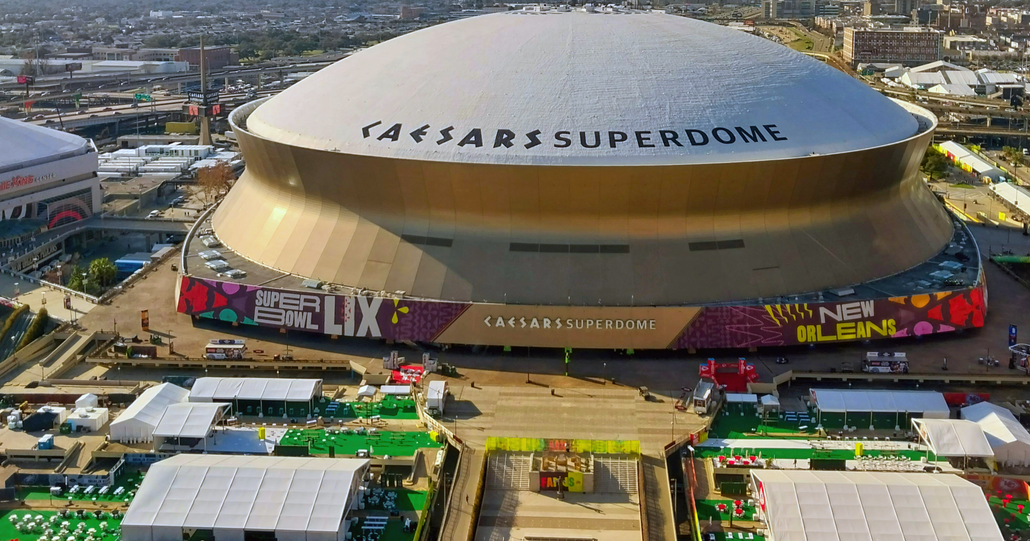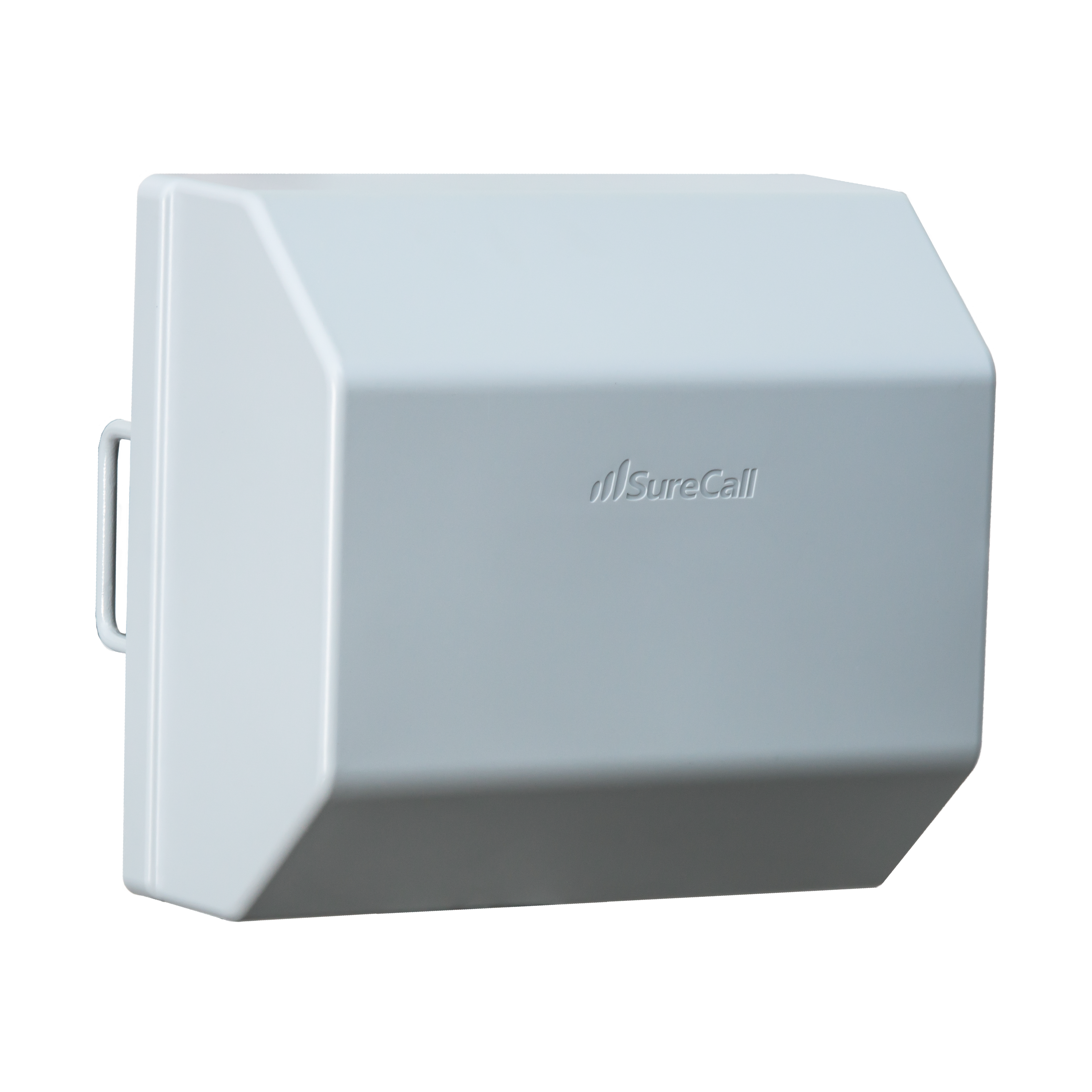
Horizon and SpeedLink Deliver 5G Connectivity and Network Capacity at Super Bowl LIX
Posted by SureCall on 9th Jul 2025
SureCall Case Study:
| LOCATION: | New Orleans, LA |
| CATEGORY: | Stadium |
| BOOSTER: | Horizon & SpeedLink 5G |
THE CUSTOMEROn February 9, 2025, at the Caesars Superdome in New Orleans, the Philadelphia Eagles defeated the Kansas City Chiefs 40–22 to win their second Super Bowl championship. The Superdome also made history on that date as the venue hosted the Super Bowl for a record-setting 8th time. The Superdome is the largest fixed-dome stadium in the world, spanning 13 acres with a diameter of 680 feet. It is a massive, enclosed structure with a unique architectural design that has been in use for 50 years since it opened in August 1975. Large events with a high-volume of attendees like the Super Bowl can create challenges for cellular networks in and around the stadium. THE PROBLEM Over 65,000 people attended the big game in person. Seamless 5G cellular connectivity for each mobile user is no longer a luxury but a necessity as most of the fan’s activities and transactions within the stadium complex are now done wirelessly via mobile device. The Superdome is 100% cashless for mobile ticketing, concessions, in-seat vendors, merch kiosks, and parking passes. Fans also frequently text, livestream, share images and videos, and make phone calls—all of which also depend on strong cellular connectivity. In addition, the exterior shell of the Superdome consists of nearly 400,000 square feet of aluminum that notoriously block cell signals that originate outside the stadium. There was not enough cellular capacity to consistently receive and transmit data in some interior and exterior spaces. With limited capacity and so many devices crammed together, signals can get jammed and slowed. Technicians needed enterprise 5G network boosters that could increase 28 GHz mmWave and C-band coverage in specific areas of the stadium. Their major challenges were:
|
THE SOLUTIONTo solve these issues and to provide mobile users with an exceptional network experience, technicians deployed a series of SureCall Horizon mmWave boosters leading up to the event. Horizon extends the reach of base stations to overcome obstructions boosting mmWave signal through or around natural and man-made structures to reach 5G-enabled devices. A signal booster like Horizon is crucial for high-traffic areas to increase coverage and capacity when there are hundreds of mobile users all accessing their smartphones at the same time. The team also deployed SureCall’s SpeedLink 5G C-band boosters at remote locations throughout the complex where media teams were set up to monitor and report on the game. These areas had limited Ultra-Wideband (UWB) coverage and required enhanced 5G connectivity so they could communicate in real-time. Because of the highbandwidth activity, SpeedLink 5G was the preferred wireless solution as it deploys quickly and economically to boost 5G coverage and capacity without the need for fiber. THE RESULTSSignificantly improved 5G cellular connectivity for thousands of users, showcasing the potential for similar solutions in other venues. SureCall's wireless solutions deployed quickly and economically to expand Verizon’s 5G footprint with:
SureCall’s technology-leading network signal boosters were instrumental in providing an exceptionally strong and consistent 5G signal in areas that were once weak and inconsistent. Solve your interior connectivity challenges with the most comprehensive portfolio of 5G solutions in the industry—Hybrid-fiber DAS (FCC Part 20), Enterprise 5G/LTE, C-band and mmWave technologies. Click here to learn more. |


